What’s In Polygraph 22?
The Kim Stanley Robinson interview posted yesterday is just part of what’s in Polygraph 22, available now (you may have heard) from Amazon.com. Below is the portion of our introduction that summarizes the articles in the issue.
In “System Failure: Oil, Futurity, and the Anticipation of Disaster” (South Atlantic Quarterly 106, no. 4 [2007]), Imre Szeman laid the foundation for an approach to the history of capitalism that focused not on geopolitical nation-state actors but on the forms of energy that were hegemonic in that moment. Such a historiography of capital would transition us from steam capitalism (c. 1765) to oil capitalism (c. 1859), in which massive reserves of solar energy stored in fossil fuels are converted into mechanical power at staggeringly efficient rates of EROEI. From such a standpoint oil and capitalism begin to look like one and the same phenomenon, with the looming end of cheap oil therefore presenting itself as a catastrophe for the system as such. “The Cultural Politics of Oil: On Lessons of Darkness and Black Sea Files” continues the theoretical trajectory begun in Szeman’s earlier essay with a laying out of how such an “oil ontology” might be thought and represented in culture, with special attention to films from Walter Herzog and Ursula Biemann that usefully problematize the desperate petro-capitalist strategies of continuance and the ecstatic eco-apocalyptic prophecies of doom that otherwise dominate discussions of oil capitalism’s terminal prognosis using the perspective of the sorts of “it-narrators” we had occasion to discuss above.
In his essay, “Ecology after Capitalism,” Timothy Morton extends his critique of the very concept of Nature, arguing for an ecological ethics that takes its first principles from contemporary evolutionary and genetic theory’s deconstruction of the stable subjects assumed by traditional ethics. In a roundtable discussion with Duke Women’s Studies professor Kathy Rudy and the Polygraph Collective, also in this issue, he and she extend these ideas with a sustained consideration of the roles of animals, alterity, eco-feminsm, spirituality, and apocalypse in ecological thought. Morton’s ecology arises “after” capitalism not only in the expected Utopian sense of a better, more responsible future but also in our recognition that the adaptability of advanced capitalism puts it light-years ahead of our ossified notions of transcendent Nature. He also develops the consequences of scientific ecology’s derealization of the everyday experience of large-scale phenomena like climate change, arguing that it undermines traditional aesthetic criteria for ethical concern, along with all associated justifications for action or inaction based on ‘natural’ sympathy. In its place, Morton’s “dark ecology” makes an ethical call to responsibility based on existence alone.
Andrew Hageman activates Althusseur’s definition of “ideology” to interrogate the various ways Nature “hails” its subjects, either through his example of “Nature’s call” as the requisite mandate to expel interiorized externalities, or in the ideologically inflected “call” of contemporary green thinking: “Save the Planet!” Hageman utilizes Althusseur to understand how the Nature ideology of the green movement impedes ecocritical thinking, arguing that only a sustained critique of ideology can differentiate Nature from ecology. To this end Hageman gestures toward a central paradox of green dogma; namely that both climate change believers and non-believers activate the notion of the “essential harmony of Nature” as proof of their cause. Since both figure Nature as “metonymically signified by the climate,” there is an “ideological unity” subtending these two positions that requires critical work to disentangle. Further, global warming discourse circulating in the ISAs—schools, advertising, popular culture—frame, or limit, the horizon of ecological thought, while the ecocritical obsession with Wordworth as nature-writer fails to recognize that “nature writing” is not mimetic but rather the inscription of an imagined relation to material conditions. The chain store REI, along with popular “wildlife snuff” films (Grizzly Man) and documentary forms (An Inconvenient Truth) all illustrate how the circulation of Nature ideology inflects cultural production, mostly through the imperative to connect to Nature through the market.
Against theorists like Morton and Hageman, Ben Woodard writes in Nature’s defense. However, this Nature is neither form of forms nor bucolic paradise, but a material force that exceeds every a priori structure posited by human consciousness. Woodard draws on Schelling’s productivist Naturphilosophie and contemporary theorists like Iain Hamilton Grant and Reza Negarestani to argue that thought and formal ethical reasoning have no authority to legislate the dynamic forces that constitute them. The Yucca Mountain nuclear waste depository serves as an example of how ecological responses based in the removal of the “artificial” and preservation of the “natural” rely on an increasingly untenable, anthropocentric valorization of phenomenological life over real nature.
Anthony Paul Smith notes that ever since the philosophy of nature, philosophy has tended to prescribe its own set of ethical and aesthetic norms when trying to think ecologically, itself remaining unchanged by the encounter. Smith draws out the implications of Francois Laruelle’s “non-philosophy” for the development of a “unified theory” of philosophy and ecology, one that would avoid determination by either transcendental critique or scientific empiricism. For Laruelle, philosophy has a deeply problematic faith in its own self-sufficiency, and consequently in its unique ability to comprehend the Real within “regional knowledges”: science, literature, history, etc. The effect of philosophy’s hubris is to surreptitiously replace the Real with philosophy itself. For philosophy to address ecology, according to Smith, both must be changed by the encounter. A “transcendental ecology” would submit philosophy to conditions other than its own pre-existing, self-sufficient concepts. Smith ends the paper with an attempt at conceiving what the organization of philosophical thought according to the concept of ecosystem might look like.
In “The Ecology of Consumption: A Critique of Economic Malthusianism,” John Bellamy Foster and Brett Clark critique the liberal environmentalist preoccuption with the consumptive sphere, an ideological commitment which they identify as the economistic heir to classic demographic Malthusianism. (Where once we had too many people, we now have too many consumers.) Treating consumption as a sphere discrete from and prior to production distorts society’s actual economic-ecological structures, leading to a crucial misdentification of the actual agents of global ecological devastation as well to the fantasy that one might “remove” oneself from environmentally destructive behavior simply by curbing one’s discretionary consumer spending. Ethical attacks on “wasteful consumption” and “bad consumers” take the “consumer sovereignty” postulated by mainstream market economics as a premise, thereby foreclosing any investigation of the production’s determinative role in causing and exacerbating the various ecological crises above and beyond the capacity of individual consumption choices to redress. A genuine ecology of consumption, and a truly radical politics, can only emerge out of a steady-state ecology of production, one which directs itself not towards “sustaining economic accumulation and growth,” as with capitalism, but rather towards “sustainable human development.”
Recently, the positing of immanence as an ontological solution to ecological crisis has come to replace the transcendent imaginary of Gaia or Mother Earth. In his essay Geroux diversifies the concept of “immanence” in order to complicate these debates. He classifies our current ecological reality as “immanent hydrologic,” meaning that we exist in a nexus of circuits and flows, all of which undercut interspecial boundaries. The human is now a “posthistorical, posthuman hybrid”; in other words, an animal. This animal exists both within and without, the “animal within” being an evocation of Agamben’s concept of the mobile border, the interior caesura that divides subjectivity. Yoking biopolitcs and ecology, Geroux argues that we belong to a biopolitical continuum that harnesses surplus biopower for the market, a continuum that renders impossible the process of individuation. Outside of sovereignty, all life is immanent. Geroux then turns to two key examples, the cannibalism of Meiwes and the version of Christianity espoused in AiG’s Creation Museum, to underscore how immanence functions ecologically. The Creation Museum in particular foregrounds how the animal/human split troubles pre- and post-lapsarian versions of unity. Within the logic of the exhibit, prelapsarian harmony is an immanence operating according to the logic of grace, the vegetarianism of the animals a negation of the “absolute” immanence of Bataille’s animal (the predator-prey relation). The “Fall,” then, produces this negative, absolute form of immersion, a negativity that ultimately challenges the equally immanent logic of the bio-market.
Britt M. Rusert traverses a wide range of historical events, from the recent post-Katrina abandonment of New Orleans to the management of the plantation ecologies of the South, to interrogate how the anthropomorphizing of ecology perpetuates environmental racism. Recognizing that the racialization of nature often works in tandem with environmental degradation, Rusert seeks to unpack this contiguity by engaging ecology’s fraught relation to the human. While both of the discipline’s early founders, Haeckel and Uexküll, began with “radically anti-anthropocentric worldview[s],” Nazi doctrine adopts their work into an “anthropocentric” social program invested in human population control and eugenics. The Chicago School’s model of human ecology—their “concentric circles” approach to urban expansion highlighting the “foreign” element inhabiting the undesirable cores—similarly works to naturalize the segregationist strategies of the industrial city through the application of ecological concepts like “competition” and “succession” to the struggle for space. Second Wave feminist appropriations of ecology also fall into the trap of an anthropomorphized ecology, dovetailing into issues of state-sponsored birth control that often specifically targeted black reproduction. Despite ecology’s compromised genealogy, Rusert concludes the piece by reclaiming ecology-as-network, a key conceptualization for 19th century black activists rebelling against a global plantation system, and one that will allow ecocriticism to engage with race in terms of “blackness,” a radical non-anthropocentric ontology.
Environmental historian Joachim Radkau analyzes the contradictory history of the German anti-nuclear movement. He begins by noting its strengths relative to other comparably industrialized nations: its unique continuity, fervor, and mainstream political influence, the latter demonstrated by its close relationship to Germany’s Green Party, the most powerful environmentalist political party in the world. Throughout, Radkau emphasizes a series of contingencies and inter-institutional struggles, contesting the common assimilation by historians and sociologists of the German anti-nuclear power plant movement into the so-called “new social movements” of the 1960s and ’70s, as well as any culturalist reduction to some version of the German Nature-Romantic spirit. Radkau’s comparisons of the German situation with anti-nuclear movements in France, the United States, and Japan highlight not only the specificity of the German history but the specificity of every political response to the ecological threats and economic potentials posed by the industrial use of nuclear energy.
In an interview with Polygraph’s editors that challenges the theoretical presuppositions of several of our other contributors, Ariel Salleh forwards embodied materialism as a mode of inquiry capable of grounding the Left in materialist practice. To realize the potential of this concept, she calls for the immediate recognition of the humanity/nature split as both historical, as the requisite condition for the theft of reproductive labor by capitalist and pre-capitalist systems, and sex-gendered. For Salleh, it is the persistence of this gendering (Man/Woman = Nature) that sustains the humanity/nature divide. Discourses that replicate this split are simply “ontologies for capitalism,” including those in the academy who refuse to acknowledge the patriarchal structures of violence undergirding ecological degradation. Salleh introduces embodied debt as a corrective to the capitalist method of valuation, a form of accountability that would (theoretically) tabulate the inclusion of externalities “outsourced” in the system of global production as well as reverse the loan/debt relation of IMF and World Bank debtor-nations. Embodied debt would also allow for the valuation of what Salleh calls the “meta-industrial worker.” Operating at points in the global system where humans directly metabolize nature, where mothers, farmers, and peasants oversee biological flows, the meta-industrial worker is a viable political subject. Embodied debt would thus accrue “value” to the reproductive labor of these workers, creating in the process a new economic system based on metabolic value.
In his interview with Polygraph 22’s editors, science fiction author Kim Stanley Robinson untangles the Utopian potentialities of science, social justice, and science fiction. Robinson argues that social justice is now a “survival technology”: the severity and immediacy of the various ecological crises demand an end to the structures of power and inequality that only exacerbate the disaster. Both science and democracy emerge in Robinson’s formulation as instances of actually existing leftist praxis—always compromised by capitalism and by power, but, he says, never fully or determinatively so. Science fiction suggests itself as a field in which these potentialities might be thought through, a “casting forward of the imagination” into better spaces and times. The urgency of ecological crisis calls for these Utopian potentialities to be made actual, and quickly, and Robinson finds encouragement in recent actions from climate scientists and worldwide democratic movements, including the election of Barack Obama in the U.S.
In “Living in the End Times” Slavoj Žižek suggests the usefulness of the apocalyptic mode with an omnibus accounting of impending ecological collapse. Žižek calls attention to our inability to properly think apocalypse, to grasp its scale, its urgency, or our own agency in bringing it about. We remained trapped in old ways of thinking that are not appropriate to reality as we now encounter it; we must come to terms with the fact that “we are not impotent, but, quite on the contrary, omnipotent, without being able to determine the scope of our powers.” The science fictional solution to the problem, one he borrows from the alternative temporal logic of Jean-Pierre Dupuy, is remarkable: we must short-circuit this doom by reconciling ourselves to apocalypse and accept that the disaster is already here and that technological civilization has failed. From this futur anterieur perspective we can then recognize the counterfactual actions we might have taken to prevent the disaster—at which time we can return to our usual temporality and change our “destiny” before it is too late.
Finally, in “Two Faces of Apocalypse: A Letter from Copenhagen,” Michael Hardt identifies a cleavage point on the Left between anticapitalist and ecological politics. While both groups, Hardt argues, are engaged in a struggle with capitalist hegemony over control of the common, the two groups come to diametrically opposed conclusions about the possibilities inherent within the common. If anticapitalist social movements might be said to be organized around the slogan “We want everything for everybody,” ecological politics are motivated instead by a profound recognition of planetary limit; the slogan of the ecological left can be found in the posters at Copenhagen proclaiming “There is no Planet B.” This split reflects a tension increasingly obvious in the workings of global capitalism itself, in which the reproducibility of immaterial goods—which are more productive and more valuable the wider their distribution—is in irresolvable conflict with the need to privatize such goods for the purposes of profit and accumulation. The antimonies of the common, Hardt says, present in the end two faces of the apocalypse; one (the anticapitalist version) in which the breakdown of global capitalism is an “event of radical transformation” that leads to renewal and a better world, and the other (the ecological version) in which the ecological devastation endemic to global capitalism is an irreparable final catastrophe and “the end of days is just the end.” The struggle of the Left is now to find the conceptual framework that can shatter this antimony, in much the same way that the 1990s antimony between globalization and anti-globalization was broken by the development of practices of alterglobalization and theories of alternative modernity. We offer this issue, in that spirit, as a tentative first step. ■


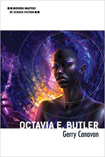

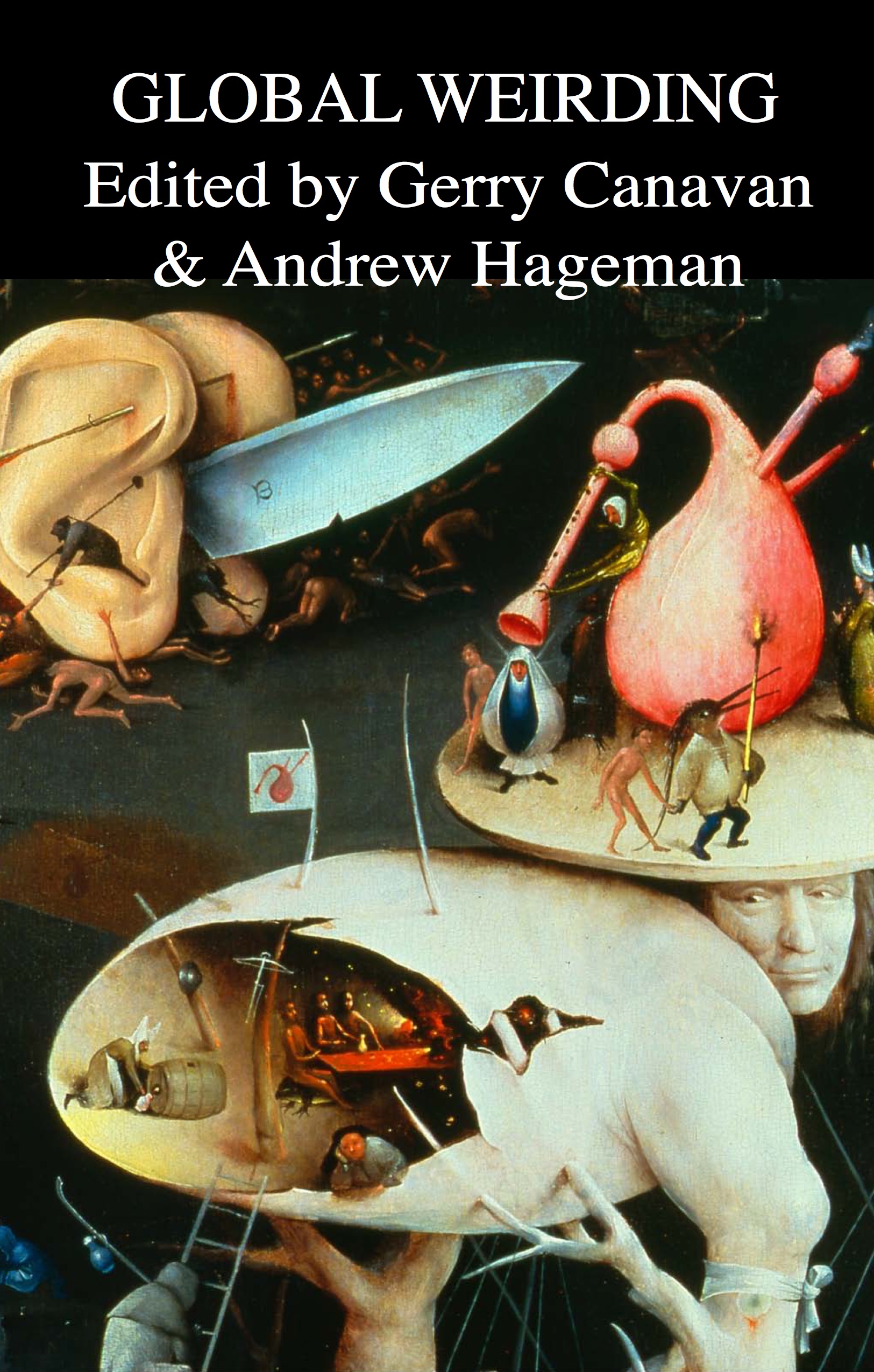
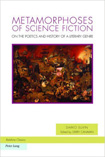
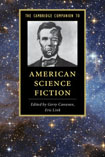
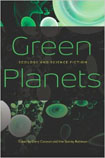


[…] article summaries here via co-editor Gerry Canavan. Possibly related posts: (automatically generated)Roundtable Event, […]
Polygraph Issue 22: Ecology and Ideology « American Stranger
September 14, 2010 at 12:30 pm